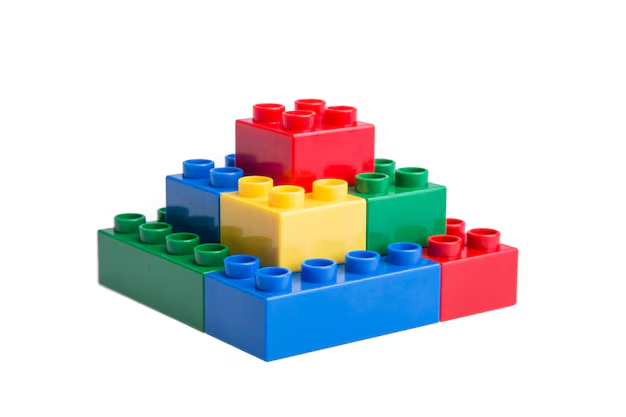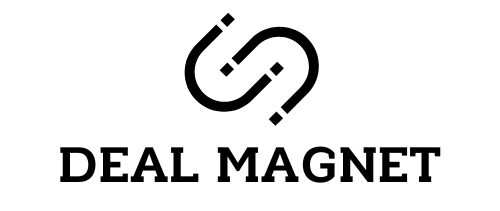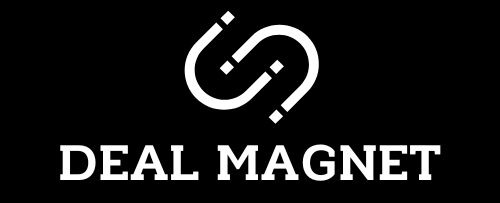
Colorful Blocks
Introduction
Colorful blocks for kids aren’t just toys—they’re powerful tools for learning, creativity, and development. Whether used for solo play or group activities, these vibrant building blocks spark imagination, support motor skills, and introduce early concepts like shapes, colors, and problem-solving.
This guide helps parents, educators, and gift-givers choose the best blocks based on age, features, and developmental benefits.
What to Consider Before Buying Colorful Blocks
Choosing the right blocks depends on the child’s age, interests, and how the blocks will be used.
Age Appropriateness
- Toddlers (1–3 years): Large, soft blocks are safest. Look for non-toxic materials and rounded edges.
- Preschoolers (3–5 years): Mid-sized blocks with simple interlocking features are great for creativity and fine motor development.
- Older Kids (5+): More complex sets with varied shapes and design challenges promote critical thinking and spatial reasoning.
Material
- Plastic: Durable, washable, and lightweight—ideal for everyday use.
- Wood: Natural and sturdy, great for eco-conscious families.
- Foam or Soft Blocks: Best for toddlers or playtime on hard surfaces.
Features
- Bright, contrasting colors for visual stimulation
- Easy-to-grip shapes for small hands
- Stackable or interlocking design for structure building
- Storage bag or bin for cleanup and organization
Product Summary: Types of Colorful Blocks for Kids
| Block Type | Best For | Key Features |
|---|---|---|
| Soft Foam Blocks | Toddlers, safe play | Lightweight, squeezable, safe for indoor use |
| Interlocking Plastic Blocks | Preschoolers, early builders | Click-together design, educational fun |
| Wooden Color Blocks | Montessori-style learning | Natural feel, classic design, color sorting |
| Magnetic Blocks | Older kids, STEM play | 3D shapes, learning physics and geometry |
Pros & Cons of Colorful Kids’ Blocks
Pros:
- Encourages hands-on learning and imagination
- Helps develop motor skills and hand-eye coordination
- Great for both individual and cooperative play
- Teaches colors, shapes, balance, and problem-solving
Cons:
- Small pieces may not be safe for younger children
- Storage can be messy without a container
- Wooden or magnetic sets may be heavier or more expensive
Who It’s Best For
- Toddlers: Soft foam or large wooden blocks for safe, sensory exploration.
- Preschoolers: Interlocking blocks to build basic towers, bridges, and patterns.
- Elementary-Aged Kids: Magnetic or advanced sets to challenge spatial skills and creativity.
- Educators & Therapists: Useful for classroom learning, fine motor development, and sensory integration.
FAQs
Are colorful blocks safe for all ages?
Always check age ratings. Blocks for younger kids should be large enough to prevent choking and made from non-toxic materials.
How can blocks support learning?
They promote STEM thinking, problem-solving, and coordination while introducing concepts like symmetry, patterns, and basic engineering.
Do blocks come with storage options?
Many sets include storage bins or bags, but if not, consider a dedicated container to keep play spaces tidy.
Final Recommendation
Colorful blocks for kids combine fun with early learning, making them one of the most valuable toys in any playroom. Whether your child is stacking for the first time or building imaginative castles, the right set can inspire hours of creative, hands-on play. Look for sets that match your child’s age, offer safe materials, and include varied shapes and colors for long-term engagement.

